Azimuts Research Art Design n°58
Use of artificial intelligence in art and design (digital version)
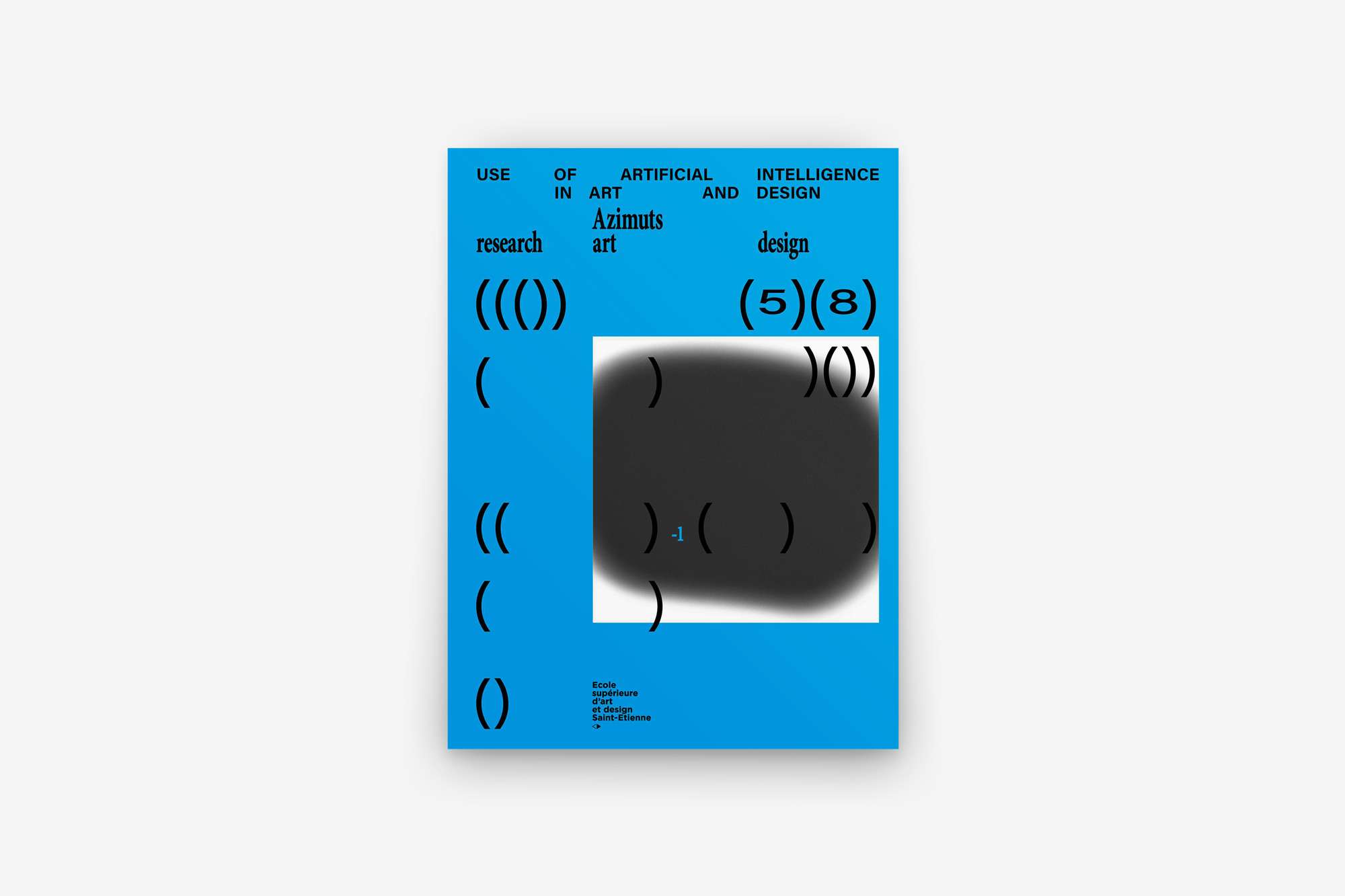
In its 58th issue, Azimuts addresses an issue head-on: “the use of artificial intelligence in art and design”. While AI has found its way, more or less visibly, to some of our daily activities (work, leisure, daily life, etc.), this issue aims to show how designers and artists have been using AI to produce projects and works in a wide diversity of approaches.
Using a very pragmatic, non-prospective angle, various “collaborations” with AI are presented via project explanations, descriptions of creative processes, and reflections on both sides of AI integration in creative art and design.
In its “Anthology” section, this issue also includes extracts from a little-known book on the work of Harold Cohen, a pioneer of AI in art.
Bringing together 16 unpublished texts within a main file, a so-called “anthology” text and a “miscellaneous” text, Azimuts #58 offers in-depth questions through short texts, also leaving room for a 16-page colour notebook.
(text by David-Olivier Lartigaud)
Contents
• ILLUSTRATION NOTEBOOK (p. 1-16)
• EDITORIAL - David-Olivier Lartigaud (p. 17-21)
• GRAPHIC EDITORIAL - Philippine Garsuault, Jiajing
Wang (p. 22-25)
• BIOGRAPHIES (p. 26-27)
THEME
• LARGE LANGUAGE OBJECTS and design of generative
experiences - Marcelo
Coelho, Jean-Baptiste Labrune (p.28-39)
•TOWARDS CO-DEVELOPMENT BETWEEN DESIGNERS
AND ARTEFACTS An empirical analysis of the influence of AI on the design of
behavioural objects - Corentin Loubet (p.40-45)
•Generated by AI.
Assimilated by designer-researchers - Gwenaëlle Bertrand, Maxime Favard (p.46-53)
•PROMPT SCULPTURE : generative sculpture and
material translation - Florian Lecesve (p.54-57)
•Vision, Generation,
Manufacturing - François Brument (p.58-61)
•IA AS A COMPLEMENTARY
TOOL - Adrien Bonboire, Maxime Bouchéras (p.62-69)
•Creative practices of AI in the
production of a video game representing robotic entities - Hélène Sellier, Anna Deleforge (p. 70-73)
•INPUT TREATMENT OUTPUT - Sacha
Deweerdt (p.74-79)
• Fabric
sublimation printing and wooden frame - Eugénie Zuccarelli CABANE (p.80-85)
•The Internet of
Parakeets: AI as an artistic intermediary - Olivain Porry (p. 86-89)
•Body,
planet and intelligence. Inhuman alterities in the artistic experience - Guillaume Boissinot (p.90-97)
•You talking to me? - Emmanuel Cyriaque (p.98-103)
•SANDS OF SELF - Mounir Ayache, Guillaume
Chevillon, Jeff Guess (p. 104-109)
•DEEP FACE, DEEP
VOICE. The speaking portrait in latent space - Benoît Montigné (p. 110-119)
•TROIS
LIGNES. Geometries and colours seen through a generative adversarial network - Gaëtan Robillard (p. 120-127)
•Digesting language: for a poetic language - Baptistin Lebraud (p. 128-135)
ANTHOLOGY
• Nii THE FIRST
ARTIFICIAL INTELLIGENCE COLORING BOOK - Becky Cohen, Harold Cohen, Penny (p.136-149)
VARIA
• Disobedience, chaos, transparencies: Metahaven and the leaker designer - Lorène
Picard (p. 150-159)
Editorial
Two issues of Azimuts have been published since its transformation into a new
type of review was initiated. From this one onwards, each issue will be handled
in turn by one team within the Esadse Art and Design Research Group (GRAD) –
Random(Lab)1
is first in line.
The theme addressed in this issue is
Artificial Intelligence – a trendy subject indeed, given the very large number
of current publications relating to AI. This topic may be regarded as
inevitable these days, or even as a constraint by some, but not Random(Lab). We
have been exploring this topic in its research projects since the Singularité exhibition, as part of the
Saint-Étienne International Design Biennial in 2013. In fact, one idea (among
others)2
has regularly come up since then: an Azimuts
issue entitled Automata, which would
be generated automatically, from writing the content to creating the layout,
through working out the illustrations. Although very motivating, this idea was
overtaken by what was going on in the digital world. Our design process is
artisanal, experimental and educational, therefore developed at a slower pace
than that of start-ups. In a matter of months, new AI models have made it less
and less relevant. Indeed, in the span of one or two years, the “uncanny”
aspect of a publication without human intervention except through upstream
coding has become, online, a “troubling banality”. Therefore, Azimuts “Automata” never saw the light
of day; what was intended to be an absurd, provocative, tongue-in-cheek project
was submerged by massive systems that did not bother with critical perspective.
Faced with the tidal wave of AI, only one issue of the BLOB3 journal managed to emerge from the project, in “git to html to print”.
As a consequence, the intention of this
issue of Azimuts was transferred to
one very pragmatic aspect of AI: how is it used in current creative practices?
In order to show various aspects related to
this question, it seemed relevant to us to launch a call for contributions, in
order to collect a diversity of stances. But the limits of such an approach are
known: the call makes it possible to discover a wider range of projects but
also carries the risk that certain sides of the problem won’t be addressed. We
were guided by this concern when selecting contributions, which was
unfortunately necessary due to a limited number of pages within a paper
journal. Therefore, when two proposals were too similar, one of them was not
selected, in order to encourage the diversity of approaches.
Main theme
In this issue about AI, we seek to pool the
selected contributions by themes without, however, making strict categories
located on the same conceptual level. Albeit far from perfect, this
organisation contributes above all to showing areas of research such as
objects, graphics and image, installation, pedagogy and, although briefly,
poetry. The issue of AI-generated images can also be found in the colour
notebook and the “anthology” section, from an angle which tries to avoid the
already well-known Midjourney and DALL.E.
The main theme is therefore the design of
objects transformed by AI. Marcelo Coelho and Jean-Baptiste Labrune from the
Massachusetts Institute of Technology comment on their work around Large
Language Objects. LLOs change the way objects are envisaged by integrating the
generative potential of AI, which can thus give them “more fluid and adaptable
behaviours and functionalities”. Corentin Loubet then reports an experience of
co-development between a designer and their object/artefact based on a singular
relationship similar to “care”. Gwenaëlle Bertrand and Maxime Favard identify
three specific approaches to the use of image
to image for the production of objects; these approaches correspond to
different relations to the interface and prompt
(a text to generate images): “far interval”, “near interval” and “deep
assimilation”. Then Florian Lecesve explains his way of designing sculptural
vases using prompts, and how he
translates them into objects. Finally, François Brument describes a unique
process of producing objects articulated according to a technical triptych
bringing together programming, robotics, and AI-assisted manufacturing.
Aspects relating to graphics and image are
then discussed. Adrien Bonboire and Maxime Boucheras from Akimbo studio show
the various ways in which they have integrated AI into their practice. Hélène
Sellier and Anne Deleforge, from The Seed Crew collective, present a case of
using AI images to produce illustrations for a video game. Sacha Deweerdt
presents the “Input, Traitement, Output” (Input, Treatment, Output) project
which lies between an introductory manual to AI in graphic design and artistic
research. In connection with the issue of image, the “colour notebook” features
Juliette Soustelle’s plastic work, where she reinterprets her photographs of
ruins thanks to Stable Diffusion, as well as some contributions from the
editorial team of this issue.
The theme is further explored with three
examples of installations. Eugénie Zuccarelli talks about her Cabane, the reminiscence of a child’s
game reinterpreted via AI. Olivain Porry explores the astonishing project Internet des perruches (The Internet of
parakeets), which claims to be an “interspecies
communication system”. Finally Guillaume Boissinot presents different
aspects of his installation L’Économie
des sols (The economy of soils), which reveals an uncanny “inhuman
otherness” at work.
The following section is about AI in the
context of artistic education. Two reports of educational experiences allow you
to discover possible uses of AI within seminars and workshops. Emmanuel
Cyriaque recounts the steps of the research program “Édition Média Design :
quand les datas deviennent formes” (Edition Media Design: when data becomes
forms) at ESAD Orléans, and Jeff Guess (ENSAPC), Guillaume Chevillon (ESSEC)
and Mounir Ayache (guest artist) look back on the stages of the video game
project Sands of Self, in which AI
intervenes at all levels of design and production.
Two contributions then examine AI from a
narrow angle. Benoît Montigné, via a documented analysis, establishes the terms
of the relationship between the voice and the face in the light of AI. Gaëtan
Robillard explains the rigorous experiment he carried out using a GAN
(Generative Adversarial Network) based on a very simple dataset he created.
Finally, the issue about AI ends with a
brief reflection on poetry through some writings by Baptistin Lebraud.
Anthology
The Anthology section provides the
opportunity to present a reference text; for this issue, we decided to continue
with the theme of artificial intelligence.
It is therefore an honour to be able to present a relatively
little-known text by Penny Nii (specialist in
expert systems) and Harold Cohen, in collaboration with Becky Cohen for photographs and illustrations. Harold Cohen (1928-2016), a painter by training, created AARON, a
pioneering software in the field of digital creation, considered as the
equivalent of AI with an artistic purpose. The artist developed his software at
the Artificial Intelligence Laboratory during a two-year residency (1971-73) at
Stanford University. At the end of this residency, Harold Cohen continued to
perfect AARON until it was able to draw humans and various shapes (plants,
furniture, etc.).
If AARON, as
an expert system, has little in common with current image-generating AI
(the algorithms and programs are different), the project remains fascinating
due to the “symbiosis” operated between the artist and his digital assistant
(in Harold Cohen’s own words), feeding each other’s formal register. AARON’s
first drawings in particular, made with a robotic "turtle" equipped
with a felt-tip pen, were sometimes enhanced with colour by the artist’s hand,
giving hybrid abstract images whose style remains very singular. To evoke this
research between art and engineering, we sought to reproduce extracts from a
book entitled The First Artificial
Intelligence Coloring Book (1983), a book aimed at children, which attempts
to explain step by step how the AARON program “thinks”. Built around a dialogue between two young girls
(Sheri and Karin) and Harold Cohen, the book ends with a series of
colouring drawings made by AARON, printed on pre-cut pages so that they can be
detached for display. The layout mixes dialogues, photos, drawings and diagrams
in a clear, childish way, making the work “easy” at first glance. But the
objective was more ambitious than it seems, because it really was an
educational challenge, especially at a time when microcomputers were not
completely commonplace in homes. Throughout the pages, the reader is therefore
led to understand the subtleties of AARON’s design while encountering
reflections on vision and cognitive science.
For this issue of Azimuts, and for easily understandable
reasons of space management, we were unfortunately unable to reproduce the
entire work or even extract complete pages from it, these extracts causing the
thread of the subject to be lost. We therefore attempted a “reduction” and a
“new layout” inspired by the original, in order to give the flavour of this
work which definitely deserves a complete reissue given current developments in the
field of AI.
Varia
The “miscellany” pages, also a usual
section in Azimuts, are dedicated
this time to the thesis currently being completed by Lorène Picard (ECLLA –
Jean Monnet University and Random (Lab) – Esadse) entitled “Web et
transparences. Consciences critiques en art et design (1995-2019)” (Web and
transparencies. Critical consciousness in art and design). The text presented
here, focused on the work of the Metahaven collective group and their concept
of “black transparency”, is a new, condensed version of some elements from the
third chapter of this research project.
To wrap things up, we won’t be drawing any
general conclusions, attempting recommendations or making prospective work on
AI in art and design. We just hope that reading this issue will help you
consider your own use (or non-use!) of AI in a renewed or different form.
Finally, let us remember that a “paper edition”4(such
as this issue of Azimuts) raises the
question of its relevance for dealing with such a subject. Indeed, the call for
contributions was launched almost a year ago, i.e. an era on the scale of AI. We are in the process of wrapping
things up, and we already know that everything will have changed when you have
it in your hands, including, perhaps, the approach proposed by the contributors
themselves.
In fact this issue, although made up of mostly unpublished
elements, already has the status of an archive from a bygone era. Beyond its
content, this issue invites us to rethink our relationship to creation in the
frantic timeline of digital technologies.
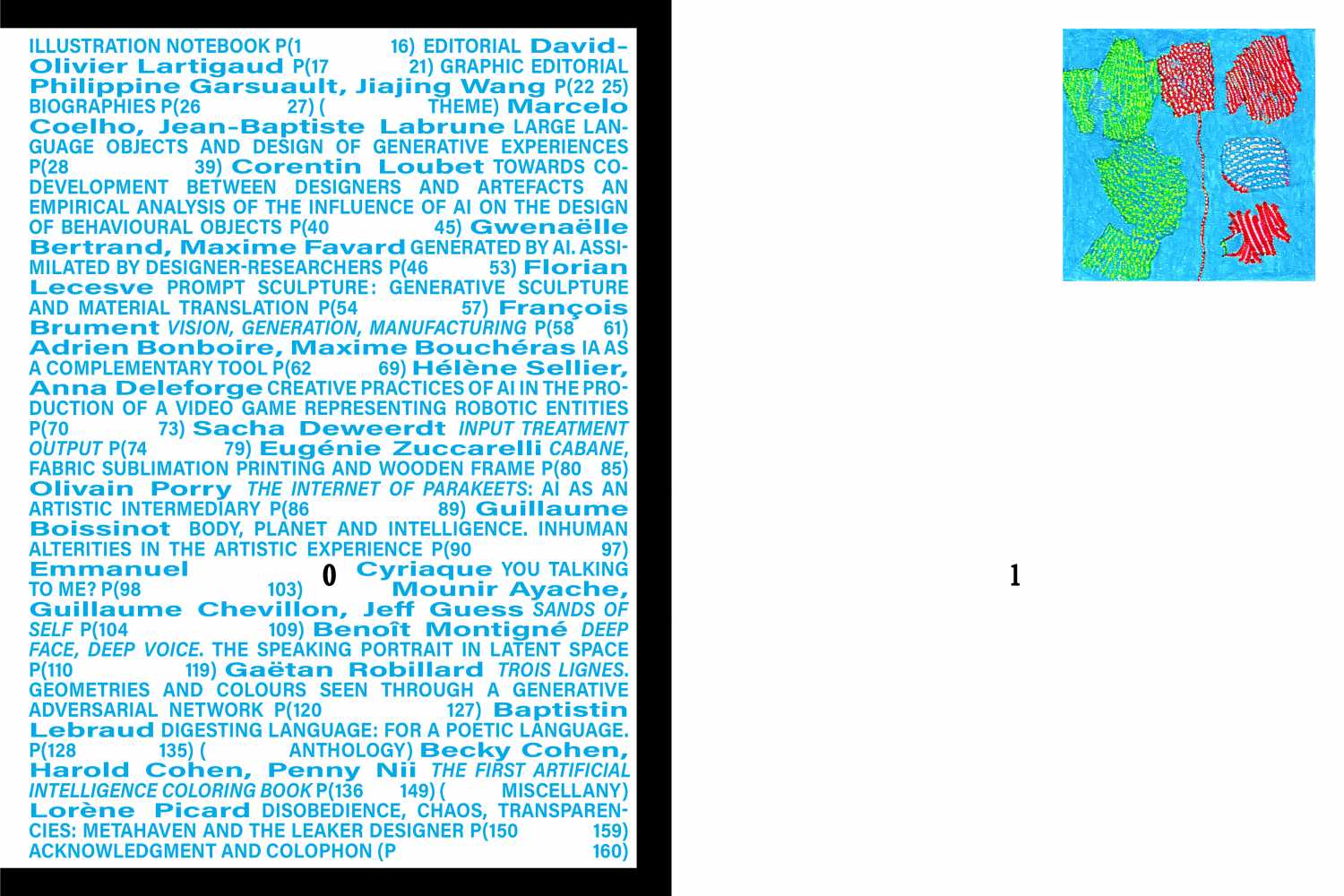

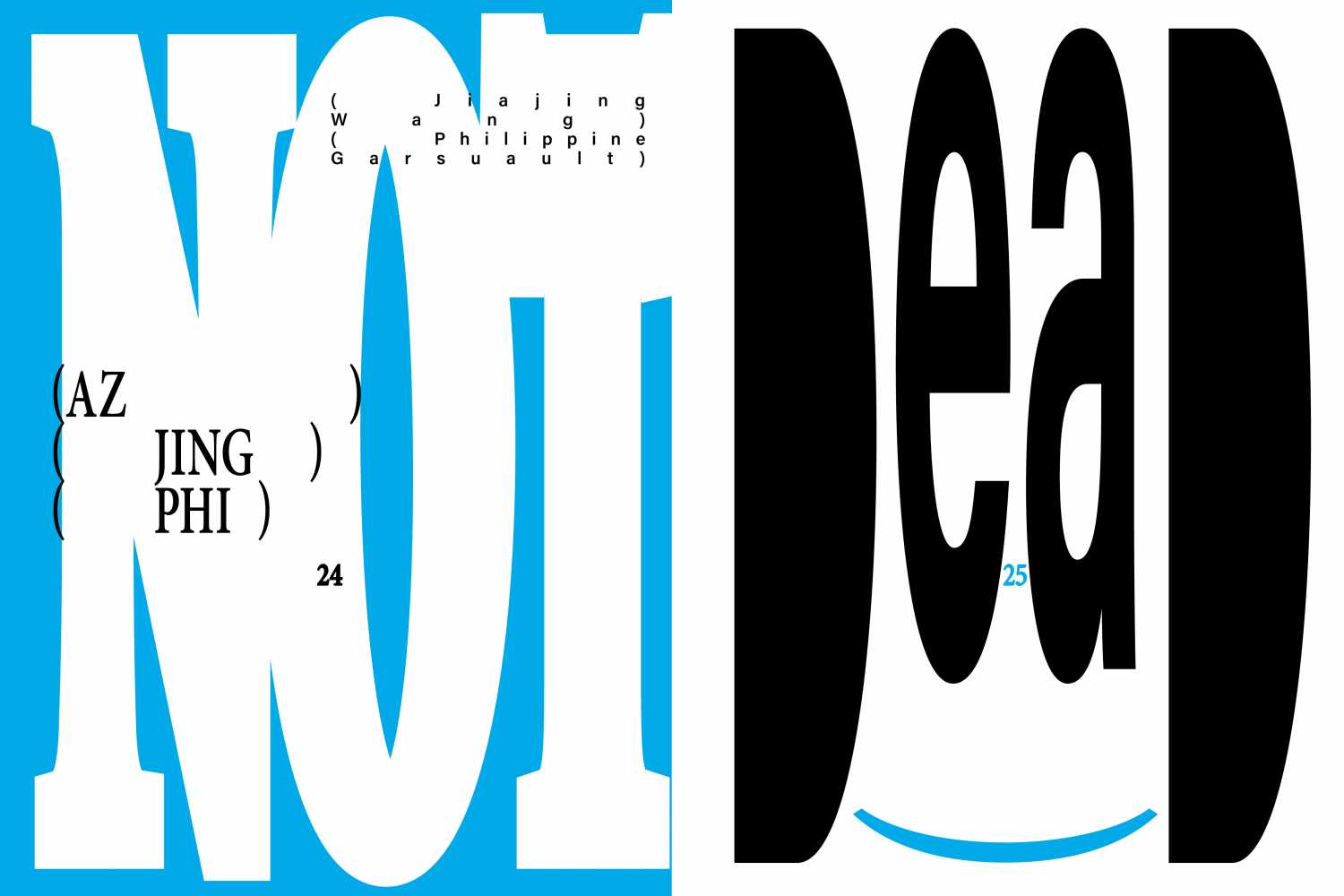
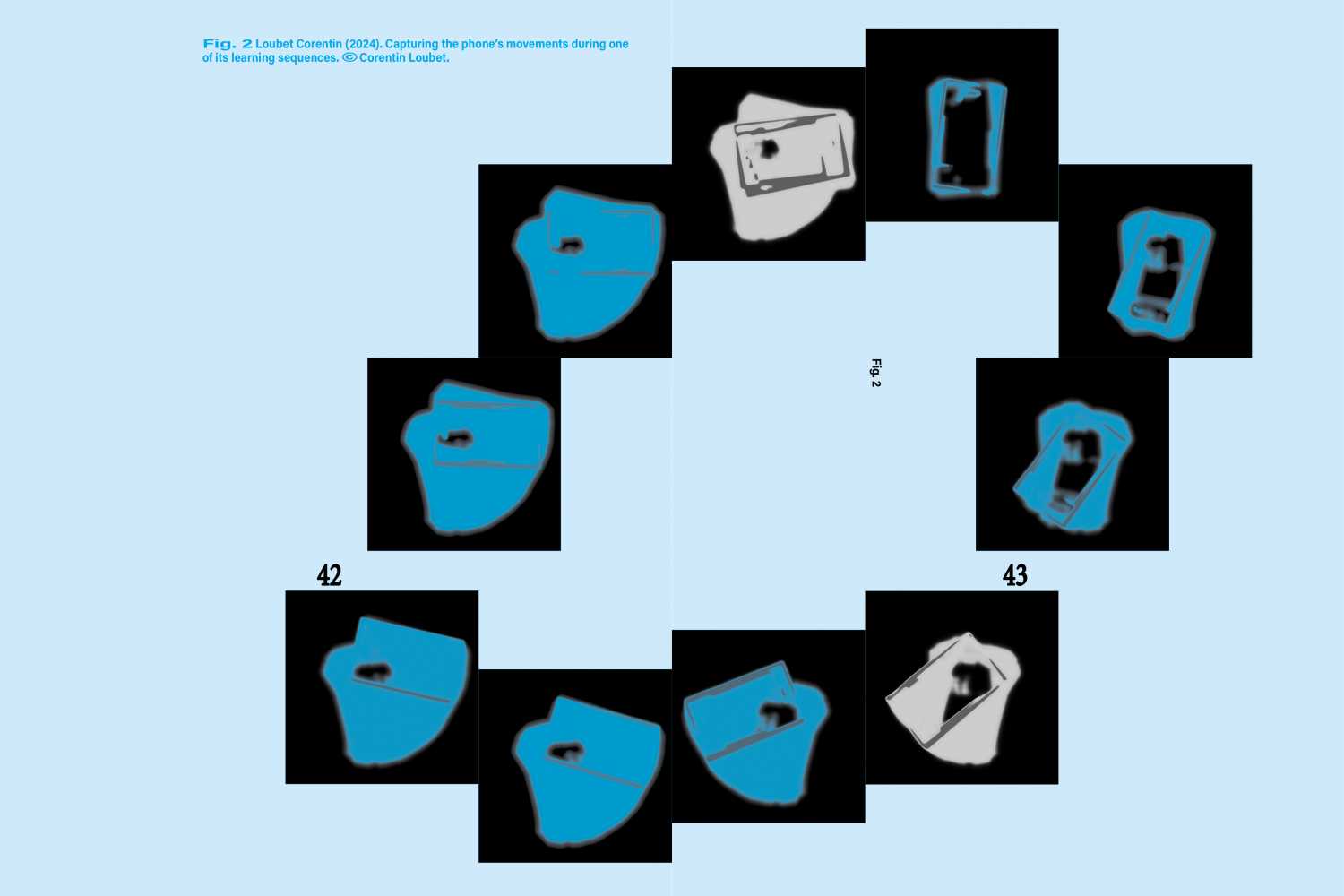
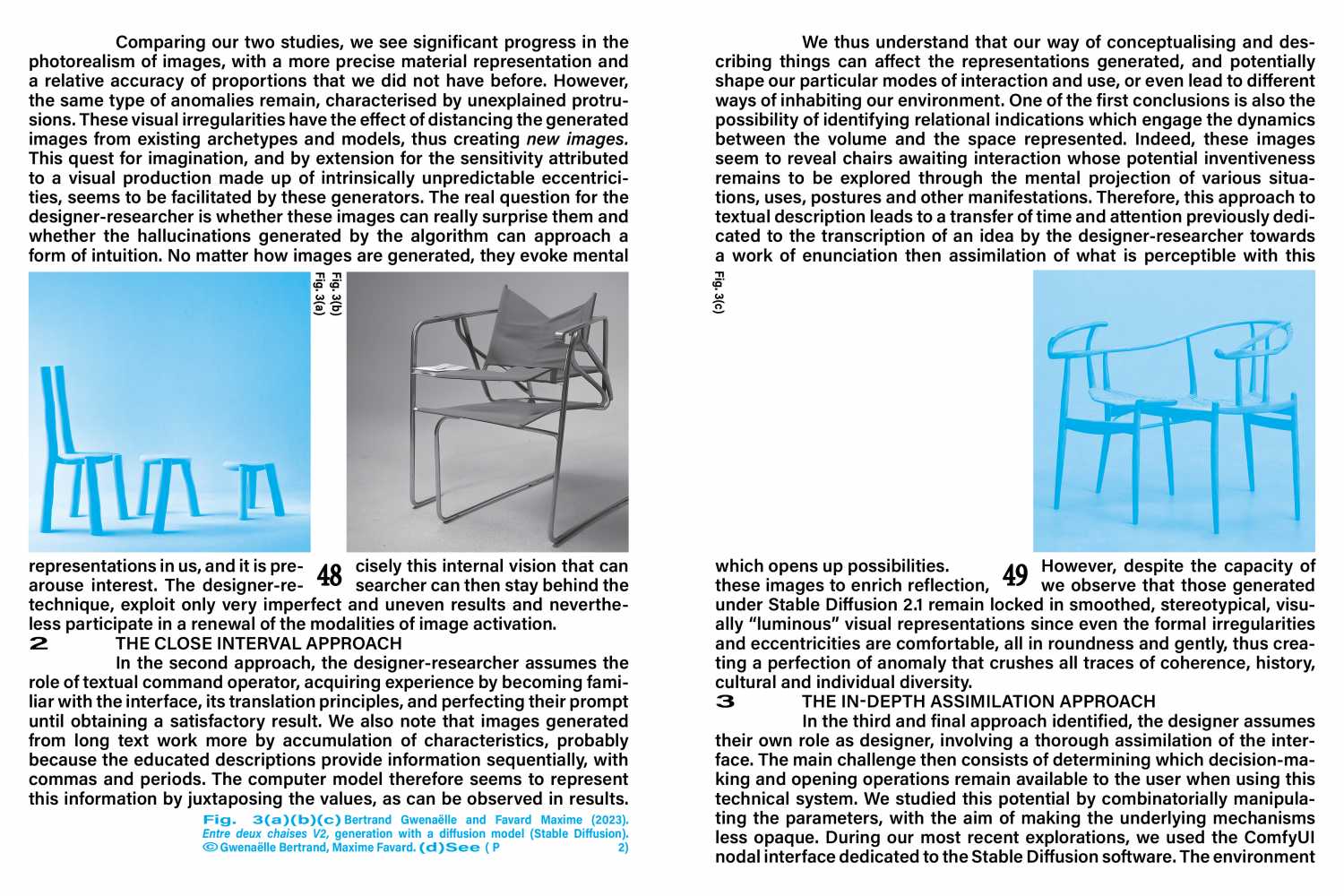

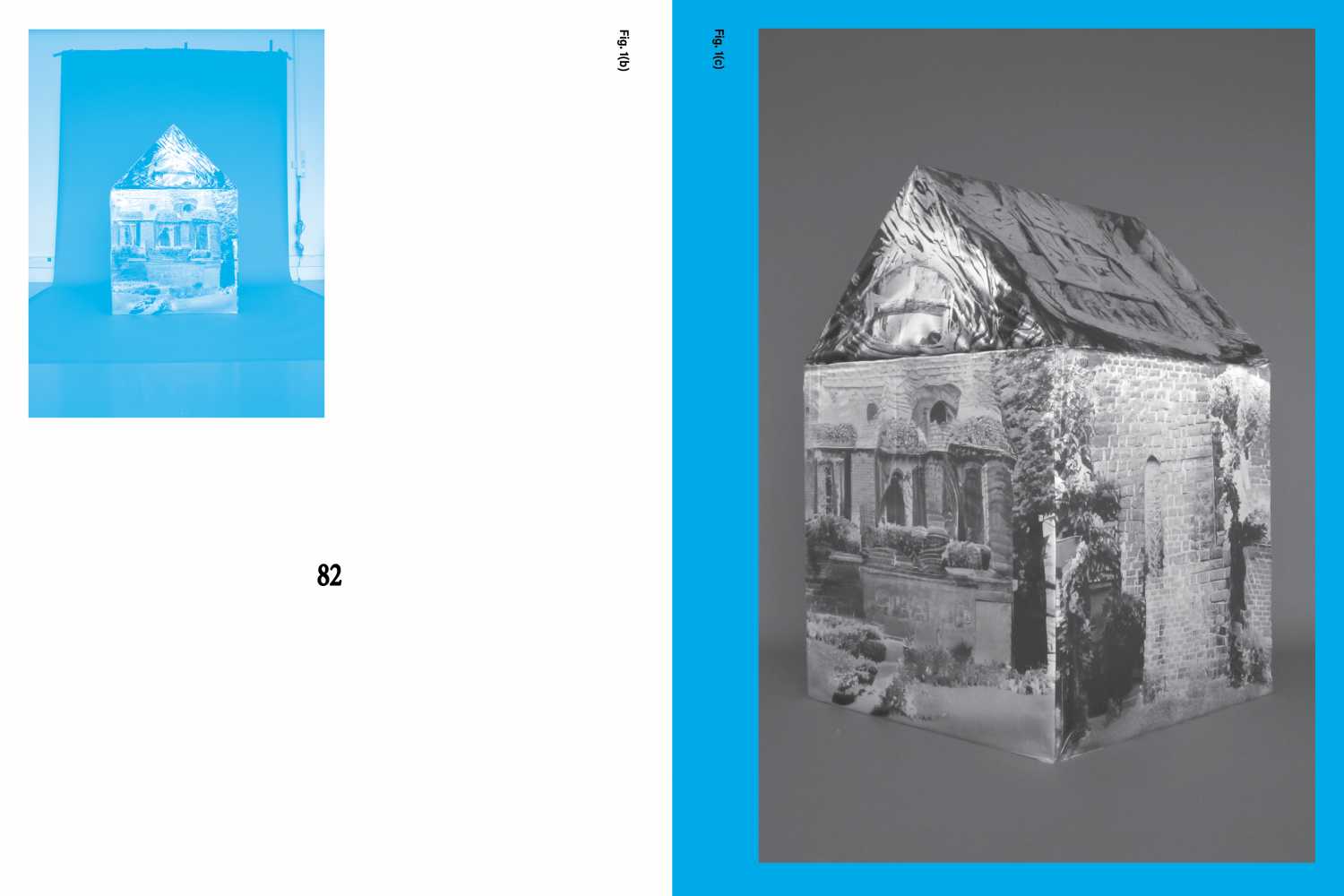


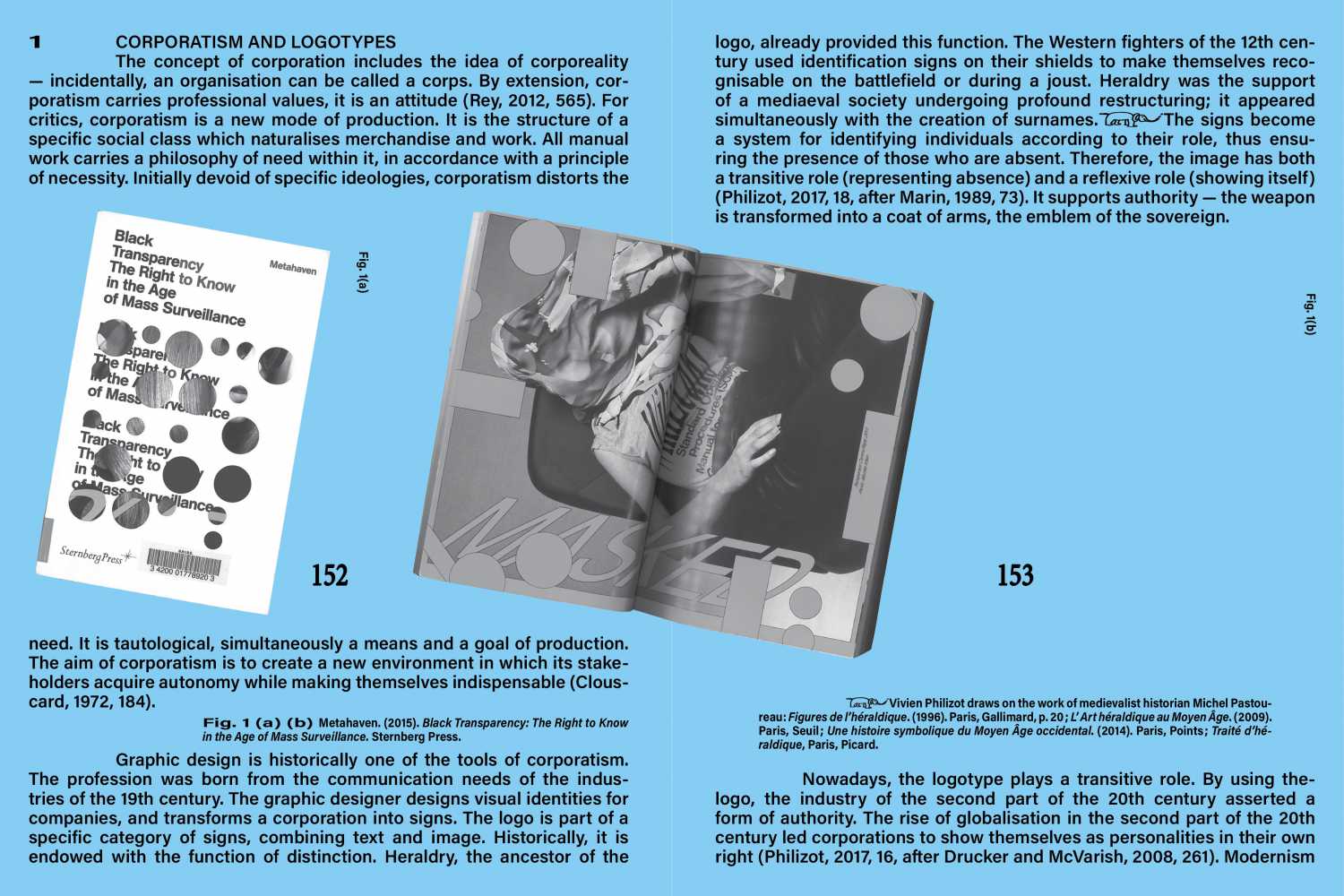
Authors
The technological creations of Franco-Moroccan artist Mounir Ayache (born in 1991) encourage us to look at the political and social realities of the Arab world in a different light. By taking up the codes of science fiction, with which he mixes family stories and imaginary reappropriation of Arab experiences and identities, Mounir Ayache is part of the unofficial current of Arab-futurism, inspired by the Afro-futurism of the 1990s. Mounir Ayache was a resident of the Villa Medici in 2022-2023.
Gwenaëlle Bertrand is a lecturer in design, member of the Research Unit Contemporary Studies in Literatures, Languages, Arts (ECLLA) at the Jean Monnet University (UJM) in Saint-Étienne.
Guillaume Boissinot is an artist and researcher. His current research focuses on the possibilities of designing non-human artificial intelligences, following theoretical and artistic hypotheses in which technologies go beyond the framework of anthropological causality. His practice aims to experiment with speculative fiction devices participating in the development of inhuman intelligences. He is a doctoral student in research-creation at Paris 8 University under the direction of Pierre Cassou-Noguès and Grégory Chatonsky. He is a student-researcher in residency at Esad-TALM Angers. He teaches in the L3Di video games and interactive media Degree in Laval.
AKIMBO is a graphic design studio founded in 2023 in Rennes by Adrien Bonboire and Maxime Bouchéras. Since 2022, they have been residents and graphic designers of the B612 artist studios. In 2023, AKIMBO joined the artist-run space QUATRE for graphic design and as co-decision makers of curatorial projects. AKIMBO also founded the science fiction magazine Prototype. Their approach is characterised by a desire to question and redefine creative processes, by exploring alternative and innovative methods and tools.
François Brument is a designer and teacher. He conducts research on the potential of digital technology in the field of design, more specifically on the challenges of computer programming and digital manufacturing. A graduate of ENSCI – Les Ateliers in 2004, he has since articulated a practice of continuous research and collaborations with companies, within his studio In-Flexions. In 2015, he co-founded “Les Arts Codés”, a place of convergence between digital know-how and artistic crafts. He has taught at Esadse in Saint-Étienne since 2008, within the digital centre and Random(Lab). His work has been exhibited in France and abroad since 2005.
Guillaume Chevillon is a professor at ESSEC where he directs the Metalab for Data Technology & Society. His research deals with analytics and econometrics linked to forecasting and learning in economics, finance and climate. Guillaume is an engineer from the Paris Mines and obtained an MPhil and a DPhil (PhD) in economics from the University of Oxford. A member of the OECD network of experts on AI, he has been a visiting professor at the universities of Brown, Oxford, NYU, Keio, UNSW Sydney.
Marcelo Coelho is head of design at Formlabs and a faculty member in the MIT Department of Architecture. Spanning a wide range of media, processes, and scales, his work explores the boundaries between matter and information, seeking to create new forms of collaboration between human and machine intelligence.
Emmanuel Cyriaque is a teacher-researcher. His work
focuses on new forms of writing and reading linked to new media. He directs the
Éditions-Media design research program within the ECOLAB at ESAD Orléans. He
also is the editorial director of HYX Editions, a publishing house dedicated to
digital cultures, art, and architecture.
Anna Deleforge is artistic director at The Seed Crew studio. She studied art history, anthropology and archeology before specialising in graphic design for video games (2D, 3D, VFX).
Sacha Deweerdt,was born in Brussels, Belgium, in 1998. He describes himself as a creator of visual stories. His artistic journey began at ESA Brussels, where he obtained a bachelor’s degree in graphic design. He then perfected his skills at ESAD Amiens by obtaining a Master’s Degree in graphic design and digital tools. Sacha’s work is characterised by a fusion of various visual techniques, including the creation of 3D images, and works generated by AI tools and photography.
Jeff Guess is an artist, researcher, curator, programmer, writer. He has been teaching New Media at the Paris-Cergy Higher school of art since 2007. His work is crossed by an archaeological reflection on technical images and their multiple entanglements with the language and voice. He recently participated in the exhibitions “Visiones expandidas”, CaixaForum (Madrid, 2022, and Barcelona, 2023), “Le Supermarché des Images”, Jeu de Paume (Paris, 2020) and joined the permanent collection of the Pompidou Centre (Paris, 2020). www.guess.fr
Jean-Baptiste Labrune is a designer and research affiliate at MIT exploring new materials that could be “programmed” as a mutual symbiosis between nature and humans. His works focus on the notion of exaptation, the way users of technologies reconfigure and hack them, producing original and unexpected functions and uses.
David-Olivier Lartigaud is a teacher at Esadse and Ensba Lyon where he directs the Digital Research Unit in Art and Design, common to both schools. He is the cohead of Random(lab) at Esadse. He has a Doctorate in Art and Art Science (Aesthetics) from the University of Paris 1 Panthéon-Sorbonne. He also works as a curator and practitioner in the digital field.
Baptistin Lebraud studied plastic arts at the UJM in Saint-Étienne until he passed his Master’s Degree. Subsequently, he obtained a DNA at the Villa Arson in Nice and completed his course at Esadse by obtaining a DNSEP with honours in June 2023. He is currently in Year 6 at Esadse.
Florian Lecesve was born in Le Mans in 1997. After studying graphic design, he obtained his DNA at ESAD TALM – Le Mans and then continued his studies at the National School of Art in Bourges. He currently lives and works in Crissé. By exploring the possibilities offered by digital technology, he seeks new ways to create stories and forms. His artistic practice is based on a collaborative approach with digital technologies that he uses as tools that stimulate and extend imagination.
As an object designer, Corentin Loubet is interested in the way in which so-called “intelligent” artefacts stimulate particular emotional reactions in humans. After a Master’s Degree obtained at ESAD in Reims, he embarked on a research and creation thesis in design supervised by Samuel Bianchini and funded by the ENS SACRe program. In this context, he collaborates with various partners such as the CNIL, Pitié Salpêtrière, Orange, and UQAM in Montreal. He recently contributed to the collective work Comment devient-on créateur·trice published in 2022 by Presses du Réel.
Benoît Montigné is an artist-researcher, Doctor from the University of Paris 1 Panthéon-Sorbonne in Plastic Arts, Aesthetics and Art Sciences, associated with the ACTE Institute – Arts creations aesthetic theories. He teaches digital creation at the National School of Decorative Arts in Paris. His areas of research revolve around the relationships between image and sound in the arts, particularly in the digital age. He is the founder of Sonore Visuel, a website devoted to the history and news of sound arts and audiovisual arts.
Lorène Picard is a graphic designer and design researcher. She is a doctoral student (CNU 18) in the ECLLA research unit of Jean Monnet University and at Random(Lab) at Esadse. She participates in the “critical knowledge spaces” research axis. Her work has been exhibited at the Biennale du Design (Saint-Étienne), Ars Electronica (Linz), Signe (Chaumont) and Subsistances (Lyon). She teaches as part of the Research Master’s Degree in design at ENS Paris-Saclay. She joined the Design Research Centre in 2020.
Olivain Porry, artist and SACRe Doctor in visual arts from the EnsadLab laboratory, explores the relationships between the public, artistic systems, and environment through the misappropriation of objects and the creation of cybernetic devices. His thesis entitled Des communautés de machines examines the notion of collective in robotic art installations and offers practical tools for a collaboration between the author and the technique.
Gaëtan Robillard is an artist, researcher and doctor living and working in Greater Paris. He produces installations using data and media, with a strong link to mathematics, climatology and cognitive sciences. His work has been exhibited in venues such as the Palais de Tokyo and the Ircam Center Pompidou (Paris), Akbank Sanat (Istanbul) and the ZKM Center for Art and Media Technology (Karlsruhe). He regularly publishes articles on the aesthetics of historical Computer Art, education and contemporary algorithmic artefacts. His work Critical Climate Machine received the Lumen Prize 2023.
Hélène Sellier is a Doctor in comparative literature and an artist-researcher. After a thesis on intermedia relations between literature and video games, she continued her research on media cultures, contemporary forms of narration, and how digital interactive devices work. Her work falls within the scientific fields of narratology and game sciences, but also in the creative discipline of narrative design. She currently works in the independent video game studio The Seed Crew and is attached to the Certop laboratory at the University of Toulouse.
Juliette Soustelle is a student in Year 5 at Esadse. Her artistic work explores the notion of image flow, and the extent to which individuals are supposed to be used to digital technologies. Her approach combines different supports such as photography, painting, artificial intelligence, video, etc. She develops a visual language that questions human existence, memory, and landscape. Her projects take hybrid forms that blur the boundaries between reality and imagination.
Eugénie Zuccarelli was born in Paris in 1998 and grew up in Corsica. She graduated from the National School of Decorative Arts in Paris in the Graphic and Multimedia Design department. In 2023, she joined EnsadLab as a pre-doctoral student in the Art, Design and Society Platform as well as in the Spatial Media group. Through her research, she strives to think of new representations of our relationships with the memory traces of contemporary landscapes.
Random(lab)
This issue is carried by the Random(lab) research team from the Saint-Étienne Higher School of Art and Design. The Random(lab) is a place for practical and theoretical research dedicated to experimentation in art, design and digital technology.
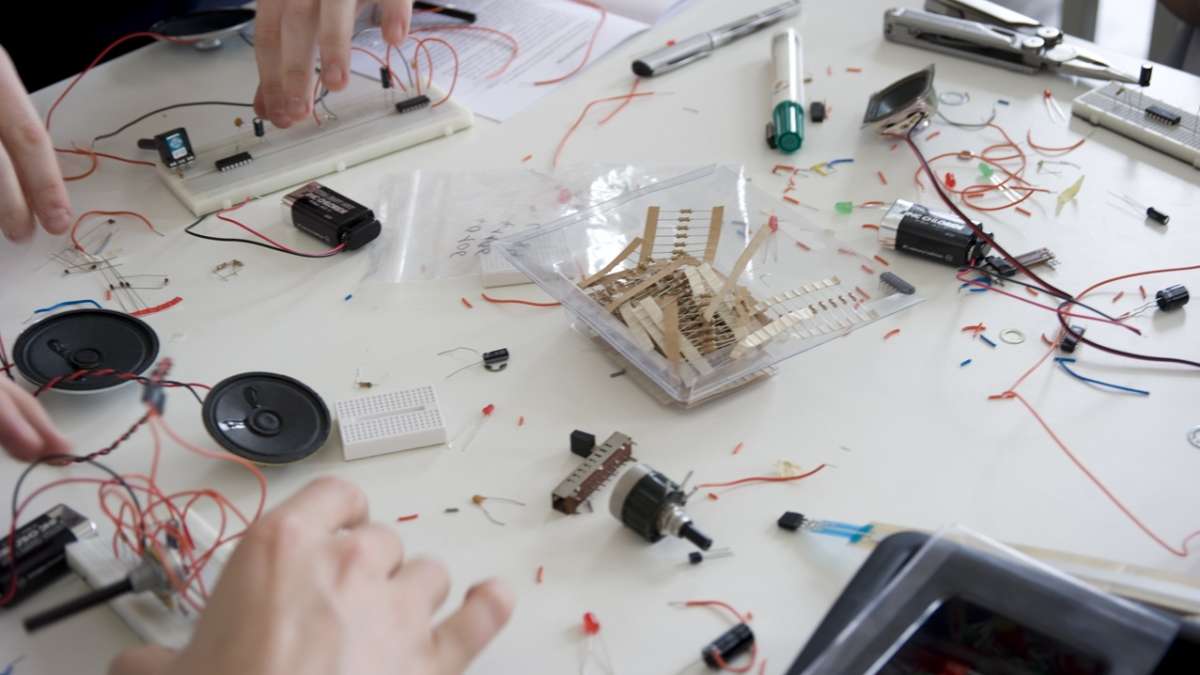
Technical elements
Distributor and broadcaster: les presses du réel
Publisher: Cité du design - Esadse
Publication: April 2025
Languages: English
Format: digital pdf
Pagination:
164 pages
ISBN:
9782492621284
ISSN: 3077-3253-58
Price: 8€99
Availability
Contact
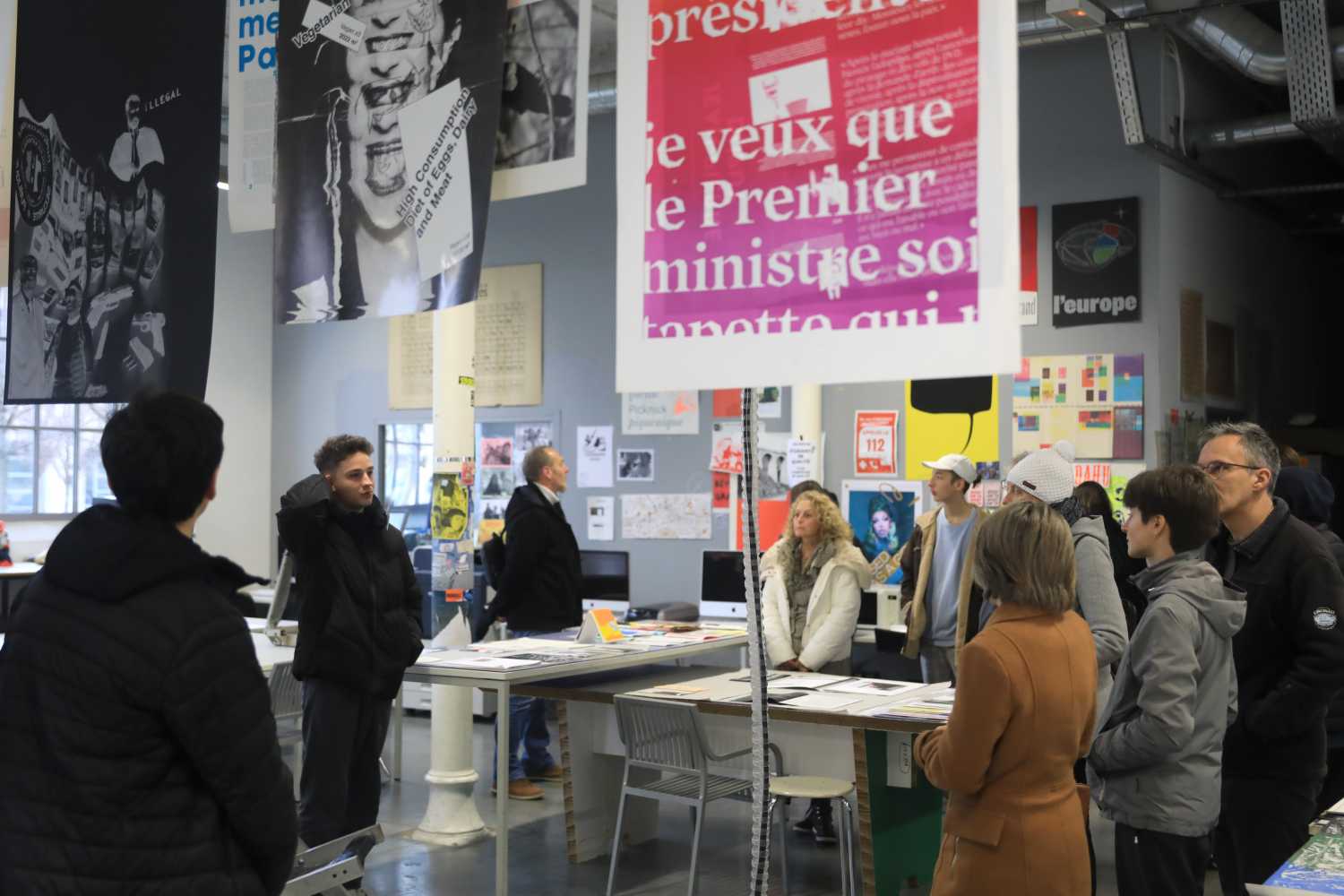
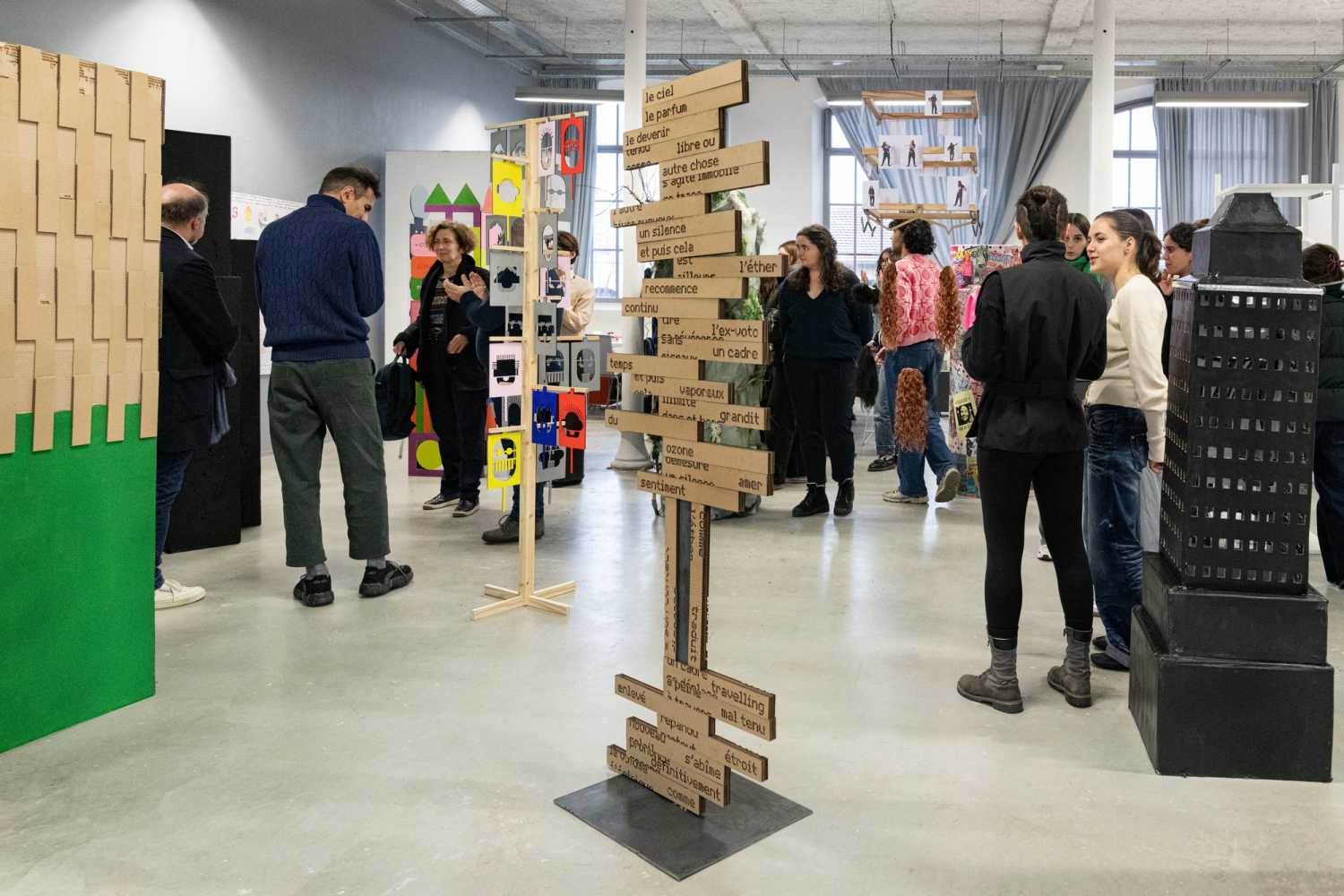

Détournement et économie des ressources : la création numérique comme manière de jouer avec les contraintes
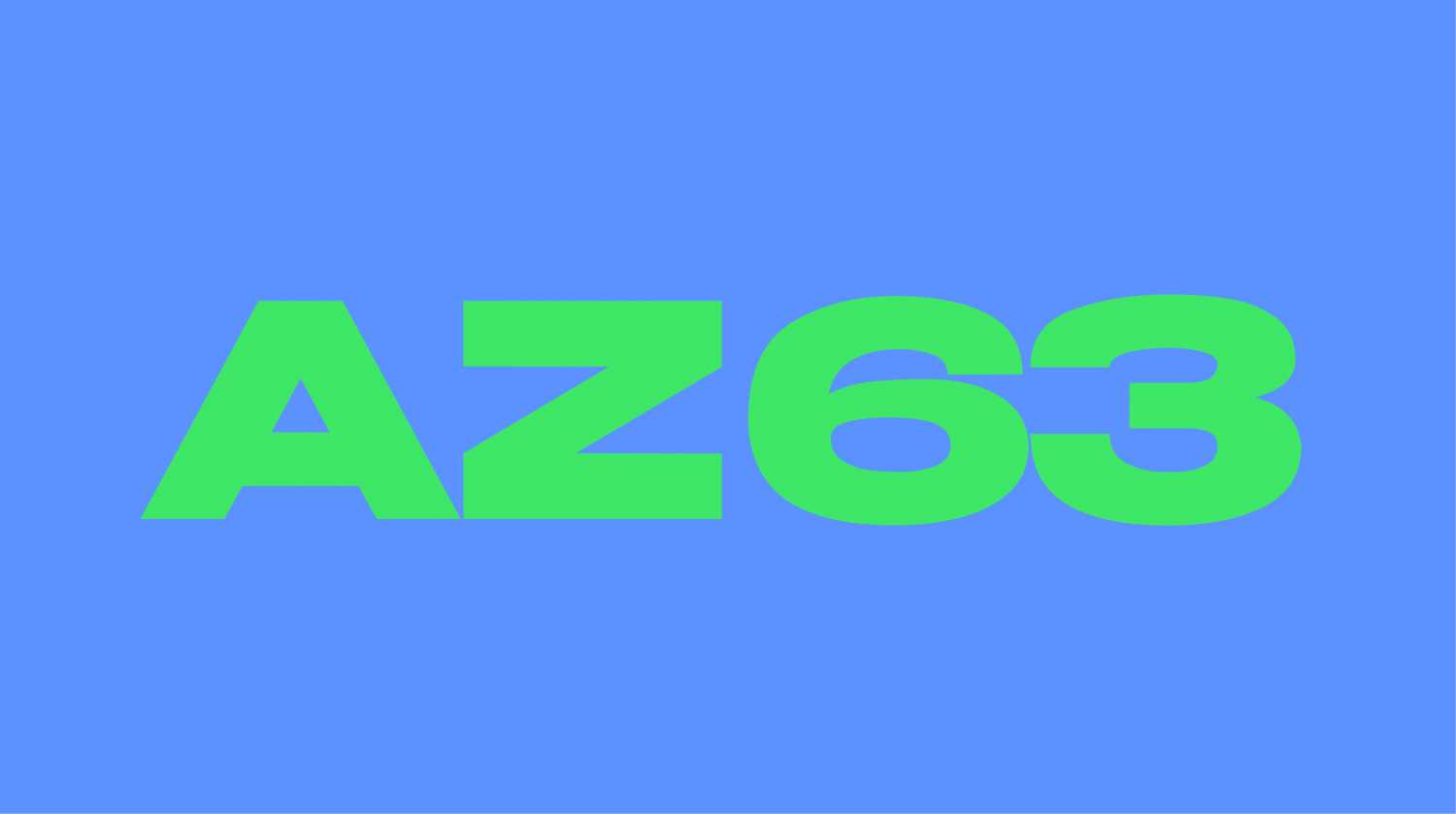
Votre navigateur est obsolète, l’affichage des contenus n’est pas garanti.
Veuillez effectuer une mise à jour.